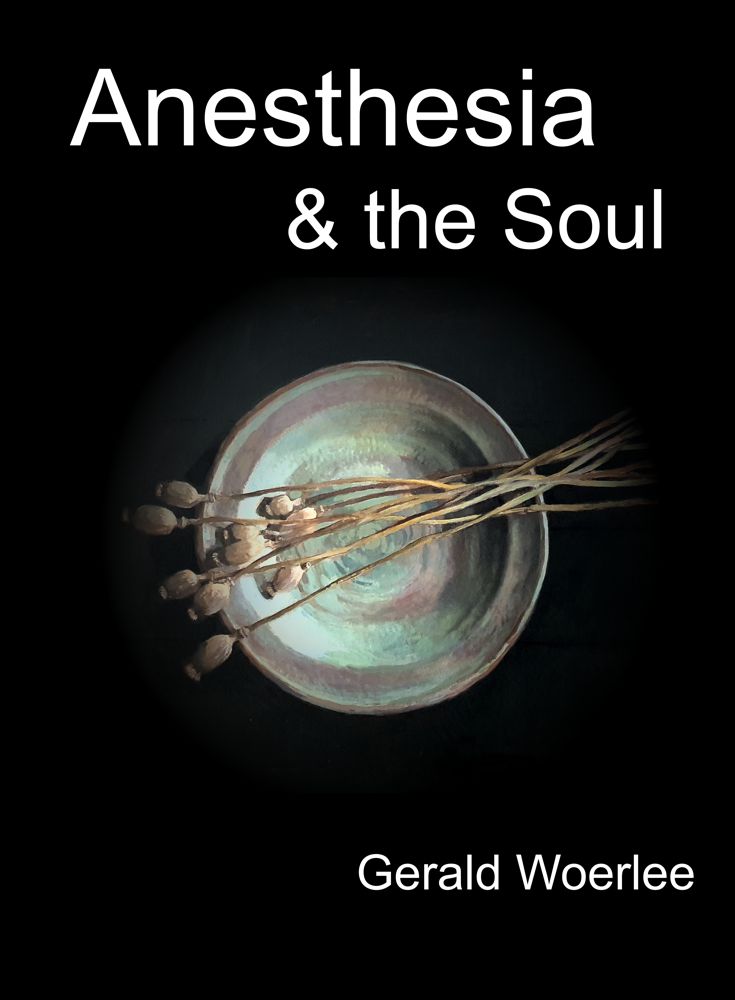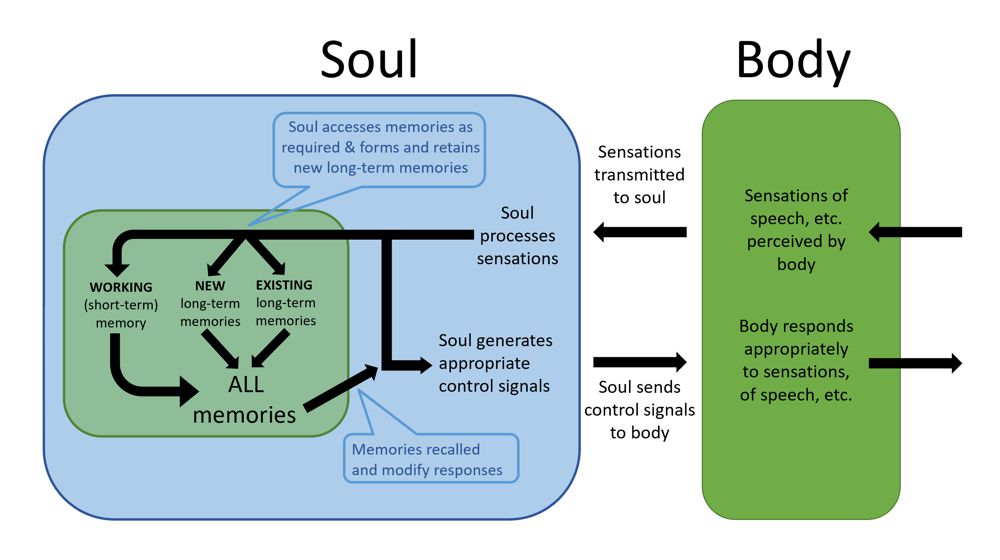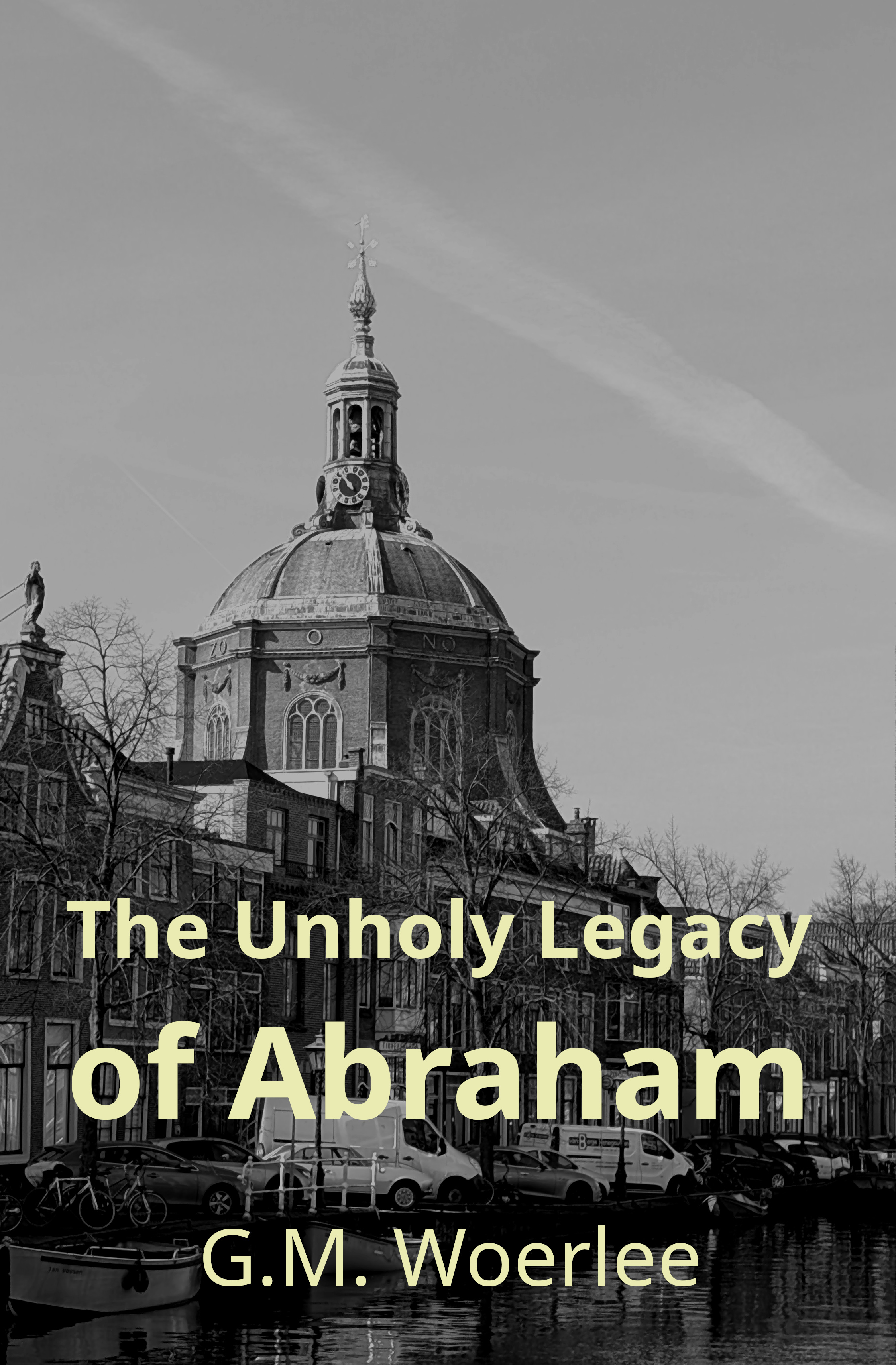Belief in a Human Soul
 Speak to members of skeptical organizations about belief in the reality of a human soul, and you sometimes encounter a response as fanatical and unfounded as that of rabid believers. Many will simply state, “I don’t believe in a human soul!”
Speak to members of skeptical organizations about belief in the reality of a human soul, and you sometimes encounter a response as fanatical and unfounded as that of rabid believers. Many will simply state, “I don’t believe in a human soul!”
On the other hand, those believing in the reality of an immaterial and immortal human soul state with equal conviction,“I believe in the reality of an immaterial and immortal human soul!”
So the position of believers and skeptics alike is actually the same — both are general statements of belief systems. Proof of the reality of such a belief system requires clear definitions and incontrovertible proofs incapable of alternative explanations. Fortunately, religious and secular literature abounds with examples revealing the properties of the human soul as proposed by believers in the reality of such an immaterial and immortal human soul. These fundamental properties believed to be possessed by the human soul are universal, and have remained unchanged in popular belief, as well as by major world religions for the past 6,000 years, from the times of the ancient Summerians and Egyptians to modern times.
These unchanging and universal properties attributed to the soul as expressed by popular and religious belief systems for more than 4,500 years, are carefully analyzed in Chapter 4 of the free ebook “Anesthesia & the Soul” (see download button below). The list below summarizes these properties.
• The soul is invisible.
• The soul is immaterial.
• The soul interacts with the physical body to control the physical body.
• The soul can separate from the physical body: temporarily separating from the body during out-of-body experiences, and separating permanently from the body upon death.
• The soul separates from the body within seconds to minutes after death.
• The soul is the vehicle of the conscious mind, or the soul and the conscious mind are one and the same thing.
• The soul is sentient and continuously conscious.
• The soul perceives sensations from the physical body, and subsequently controls the physical body to react appropriately to these sensations.
• The soul is the indelible repository of all memories.
• The disembodied sentient human soul possesses the same mental abilities as the conscious physical body.
• The attributes, properties and functioning of the soul are unaffected by diseases, injuries, and drugs affecting the physical body.
• Out-of-body experiences indicate that the disembodied soul can hear physical sounds and see with physical light.

The above list of fundamental properties of the human soul, and its relationship to the body, come to life in this diagram — a model of the relationship of the human soul to the body. This model demonstrates the body-soul-body control and memory system expressed in the list of properties of the human soul as proposed for many millennia by believers in the reality of a human soul.
If skeptics and believers alike carefully define what they mean by a human soul, such as the above list of properties of the human soul derived from holy texts and near-death experiences, then sensible discussion becomes possible. Otherwise, all that remains is a clash of two systems of thought: uncritical belief versus critical analysis of the evidence. These matters and more are extensively discussed in the books “Anesthesia & the Soul” and “The Unholy Legacy of Abraham”. Readers can download these ebooks for free by clicking the relevant button.
Website design & content G.M. Woerlee©, 2020–2025
